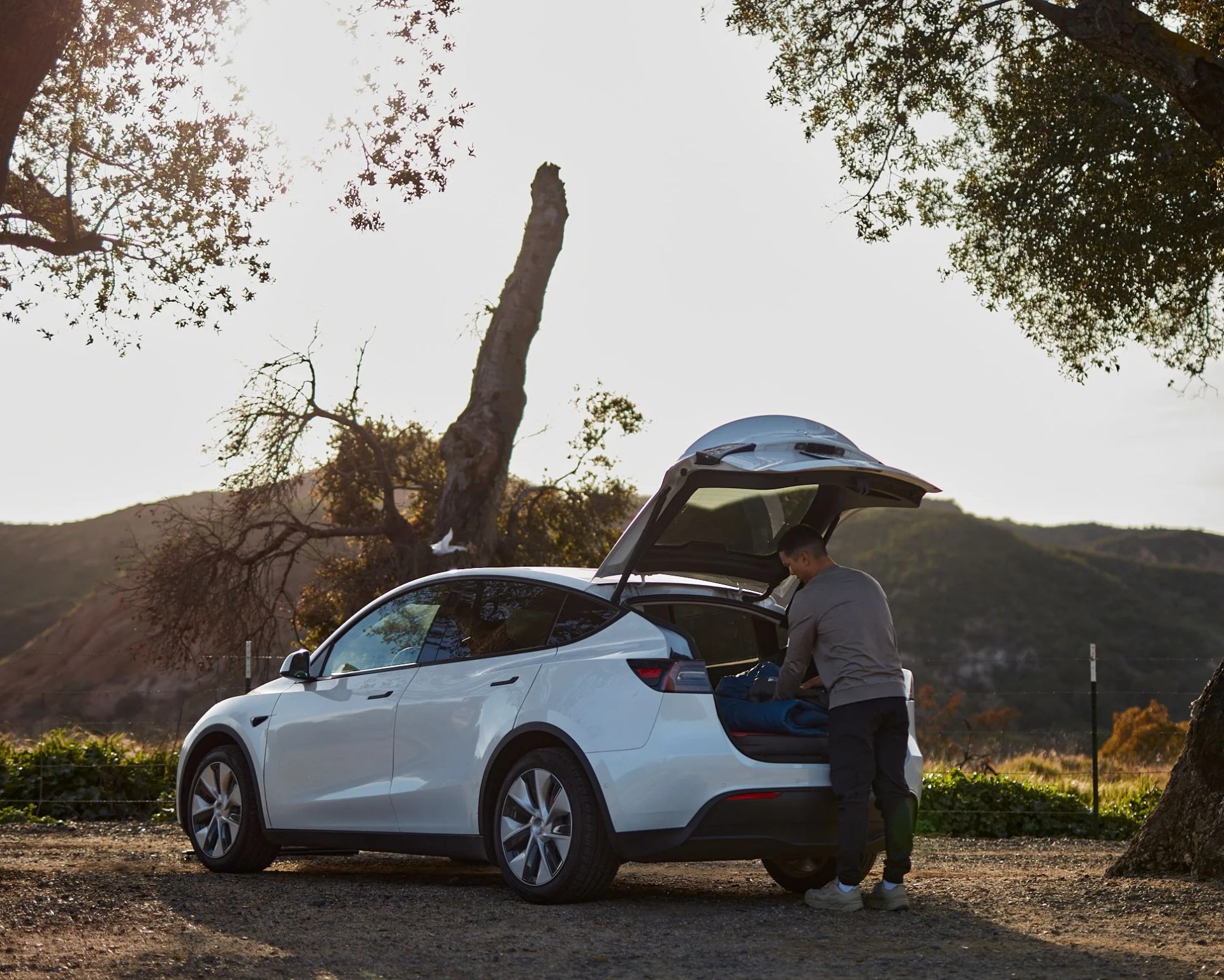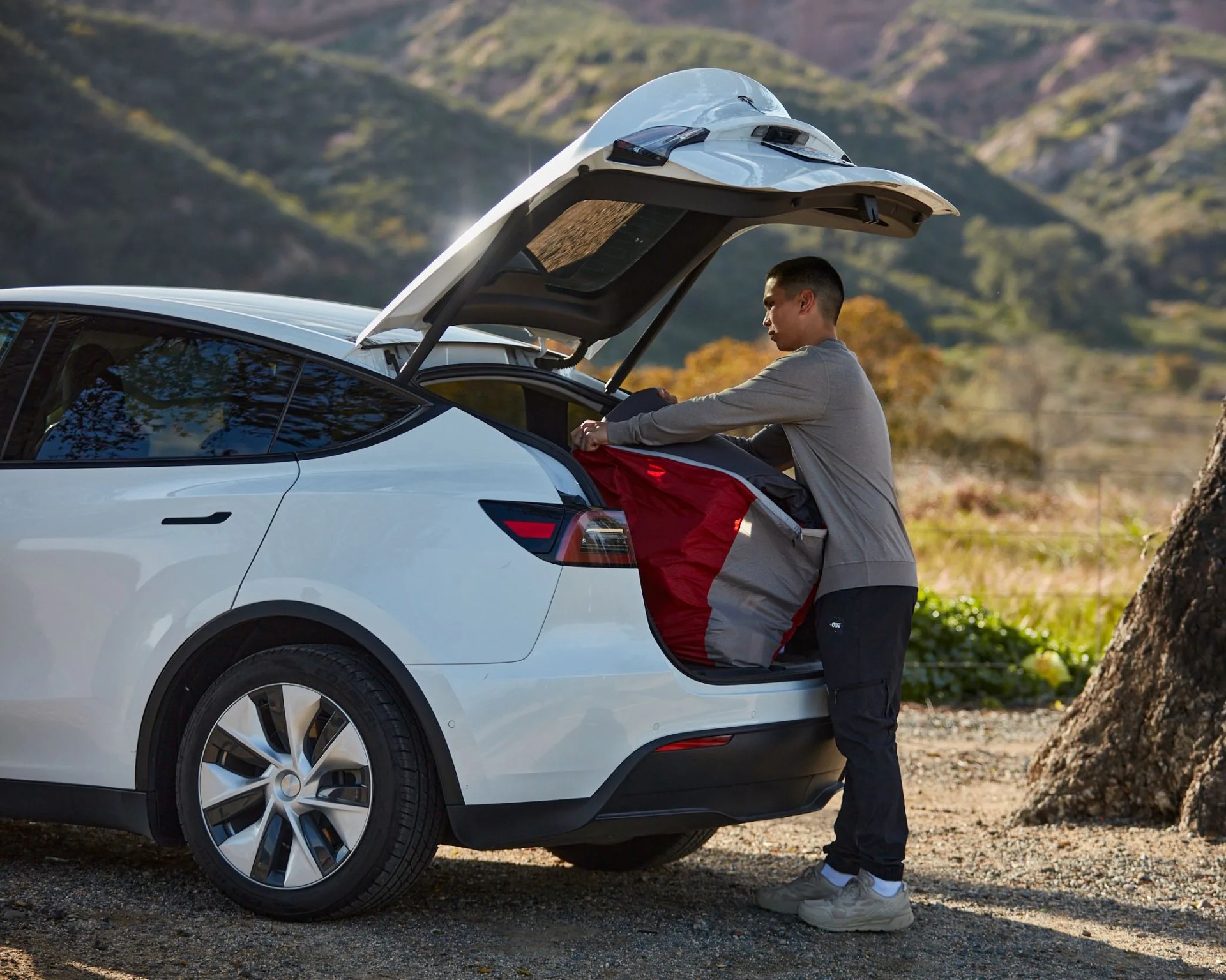For years, they’ve been crowding our streets and filling our driveways. Your neighbors likely have one. Someone within your family probably does as well. Heck, there’s even a high chance that you do, too.
Ah, yes: the “sport-utility vehicle,” otherwise known as the SUV. It’s only the hottest thing since sliced bread, coming in nearly every size and shape and color for years and years.
But what exactly is an SUV, and how do you define one? Turns out, it’s kind of complicated.
What is an SUV, exactly?
You can get halfway there if you simply break the term down to its simplest definitions: “sport,” or relating or pertaining to sporting activities; “utility,” being capable of practical use; and, well, “vehicle” is self-explanatory.
But there’s a little more to it than that. In fact, there’s a lot more.











